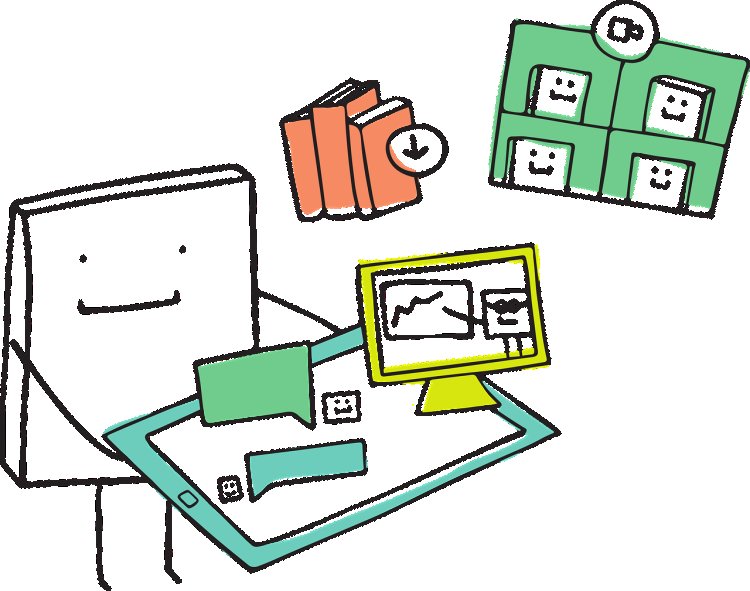Understanding Concepts
3 Tips For Teachers To Use Backward Design In Lesson Planning
- Jan 5, 2022
- 0
- 3019

The art of teaching is continuously evolving with time; and it’s important to keep pace. One of the more popular innovations in the teaching space is the concept of "backward design." The overarching idea behind this planning method is to teach and plan with a specific goal in mind. In traditional teaching, teachers generally plan out the topics they are going to teach, while including some activities and exercises to support it. After this, they decide on an assessment method to evaluate students' performance. With backward design, we flip the whole process. This means that we think about the learning outcome first, and then develop an assessment plan. Teachers will plan the learning activities according to the objectives and assessments they decided upon. In order to understand backward design more clearly, we’ve broken the process down into three stages -
Stage 1: Desired Results Should Be Identified
The process of backward design begins by understanding your students’ learning capacities and focusing on the end-goal accordingly. Try using the phrase “students will be able to do” while defining an objective. This helps you look for an action that can be measured. For example, if you’re teaching multiplication, one of the learning objectives could be: students should be able to recall the multiplication tables from 1-13. The idea is to create a lesson plan that provides meaning and knowledge, while also thinking about the learning outcomes.
Stage 2: Proof of Learning
So, you’ve zeroed in your objective and you now know what the desired learning outcome is. Don’t jump the gun and start planning your lessons just yet. The second stage is all about developing assessments based on the results you have previously identified. Now that you know what your learning objective is, how do you gauge whether your students have achieved it? This is where the proof of learning comes into play. Think of the assessments that will prove that your students have achieved the objective of the lesson. These assessments could include pop quizzes, peer evaluation, and classroom activities. Proof of learning is important as it will give you a basic understanding of what your students are grasping and how they are faring in their learning journey.

Stage 3: Designing the Content for Instruction
This stage is where you finally begin to plan your classes. Think about which learning activities you can incorporate, so that your students will achieve the desired outcome. This will help you zero in on the right learning material and resources that can back up the identified objectives. Also make sure to clearly define the facts, procedures and strategies that will equip students with the required knowledge and skills.
Here is an example of the backward design in lesson planning for a literature class:
- Learning Objective: Students should be able to analyze plot structure, conflict, mood and themes of the written text.
- Assessment: Students will need to write a 1,500 word essay on their favourite book
- Learning Activities: Students can participate in a Socratic discussion with their peers, so that they can discuss elements of characterization, plot development, effective use of rhetorical and literary devices
Backward design in lesson planning not only helps the students, but it does wonders for teachers as well. By clearly defining your objectives in the very beginning, you can be hyper-focused during your classes and improve your teaching style tremendously,
Note: Socratic discussions are moderated by a teacher. Here, students will be asked open-ended questions to stimulate discussion and debate.
Add Comment
Related Blogs

Understanding Concepts
5 Tips To Get Started With The Hybrid Learning Model
- James Coop...
- Jan 5, 2022
- 0
- 2086

Understanding Concepts
4 Easy Ways To Combat Information Overload When You've Missed Out On S...
- Natasha Di...
- May 25, 2022
- 0
- 1837

Understanding Concepts
6 Tips To Introduce Collaborative Learning To Kids
- James Coop...
- Dec 15, 2021
- 0
- 2588
Popular Blogs

Tips for Educators
3 Tips To Apply Classical Conditioning In Classrooms
- Natasha Di...
- Apr 25, 2022
- 0
- 21628

Understanding Concepts
4 Reasons Why Skill-Based Learning Is Important For Students
- James Coop...
- Mar 14, 2022
- 0
- 11070

For Parents
Everything You Need To Know About STEAM Education As A Parent
- James Coop...
- Mar 1, 2022
- 0
- 10894










